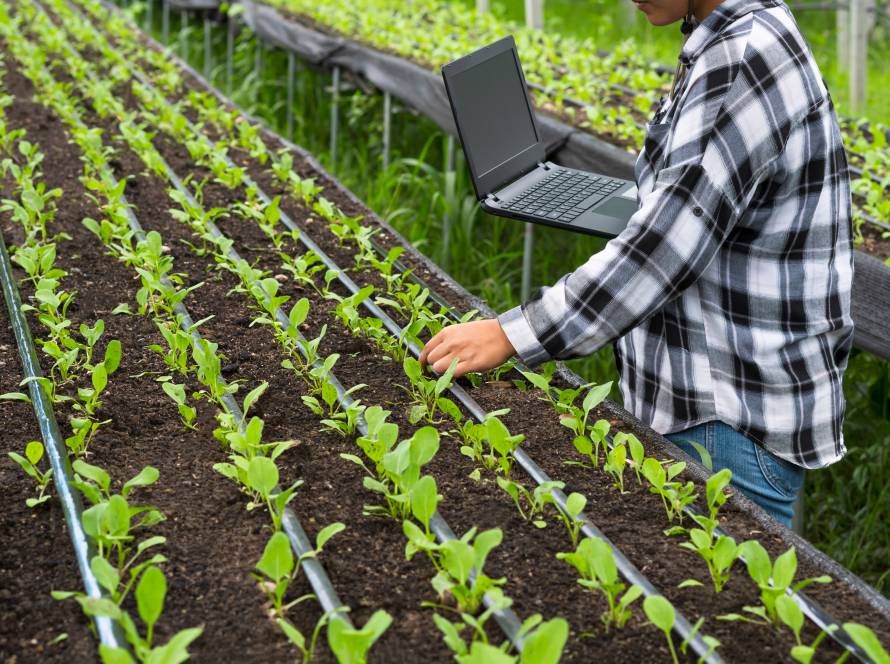The food industry is one of the largest production sectors in the world, yet it is also one of the biggest consumers of resources in terms of waste generation. From farms to factories, restaurants to home kitchens, vast amounts of waste are produced at every stage of food production. Circular economy offers a critical solution to minimize this waste, reintroduce it into production, and reduce the harm to the environment. So, is waste-free production truly possible in the food industry?
What Is Circular Economy? What Does It Mean for the Food Industry?
Circular economy differs from the traditional linear production model (produce-consume-dispose) by focusing on the principle of produce-consume-recapture-recycle. In this system, waste is not an end, but the beginning of a new production process.
Circular Economy Practices in the Food Industry:
- Reusing food waste
- Valuing by-products in different industries
- Minimizing energy and water consumption in production
- Directing biodegradable waste towards compost or biogas production
With this approach, both economic losses are reduced, and environmental sustainability is achieved.
How Is Circular Economy Applied in Food Production?
To eliminate waste in food production, an integrated system that spans the entire supply chain is needed. Here are some key approaches on how circular economy can be applied in the food industry:
1. Valuing By-products: Creating New Products from Waste
Many by-products generated during food processing are often seen as waste and discarded. However, these materials can be utilized in various industries.
- Fruit and vegetable peels → Can be used as natural food coloring or animal feed.
- Coffee grounds → Can be used in cosmetics and biofuel production.
For example, some companies produce natural cleaners from orange peels, while others use olive pits in the production of bioplastics.
2. Preventing Food Waste: Smarter Production and Consumption Models
Food waste is a significant issue not only during production but also at the retail and consumer levels. To reduce this, efficient production models and smart logistics solutions are necessary.
- AI-powered inventory management allows producers and retailers to align with actual demand without overordering.
- The “edibility rating” model, instead of the expiration date, can prevent consumers from unnecessarily throwing away food.
- Excess products in supermarkets can be donated to those in need through food banks and donation systems.
In some countries, large retail chains are reducing food waste significantly by selling “imperfect” yet consumable fruits and vegetables at discounted prices.
3. Leveraging the Biological Cycle: Recovering Organic Waste
Biological waste generated during food production can offer significant benefits in terms of energy and agricultural productivity when managed with the right systems.
- Biogas production from organic waste allows it to be converted into energy.
- Composting systems can turn food waste into efficient fertilizers, returning value to agriculture.
- Coffee grounds or brewing waste can be used in mushroom cultivation, reducing waste while creating new production opportunities.
For example, in some cities, food scraps collected from restaurants and supermarkets are converted into energy at large-scale biogas plants, reducing dependence on fossil fuels.
Technology-Driven Waste-Free Production Models
One of the key factors enhancing the effectiveness of a circular economy is the integration of advanced technologies.
- Blockchain-based supply chain management enables greater transparency in tracking where products come from and how long they should be consumed.
- AI-powered quality control systems can identify products nearing spoilage and repurpose them for use in different industries.
- Smart packaging techniques can extend the shelf life of food, reducing waste.
Thanks to these technologies, producers, restaurants, and consumers can create a more conscious and sustainable consumption model.
Is Waste-Free Production Possible?
While creating a completely zero-waste production model is challenging, significantly reducing waste is achievable through circular economy practices.
- The food industry can repurpose by-products across various sectors.
- The retail sector can foster more conscious consumption models.
- Consumers can contribute by developing smarter consumption habits.
In conclusion, waste is not the end, but a new beginning. A model for food production that aligns with natural cycles, ensuring sustainability and economic efficiency, not only safeguards the environment but also holds the key to securing future food safety. The shift toward a circular economy in the food industry can be achieved by fostering production methods that work in harmony with nature while changing consumption habits. Let’s not forget: the decisions we make today will define the food systems of tomorrow.





